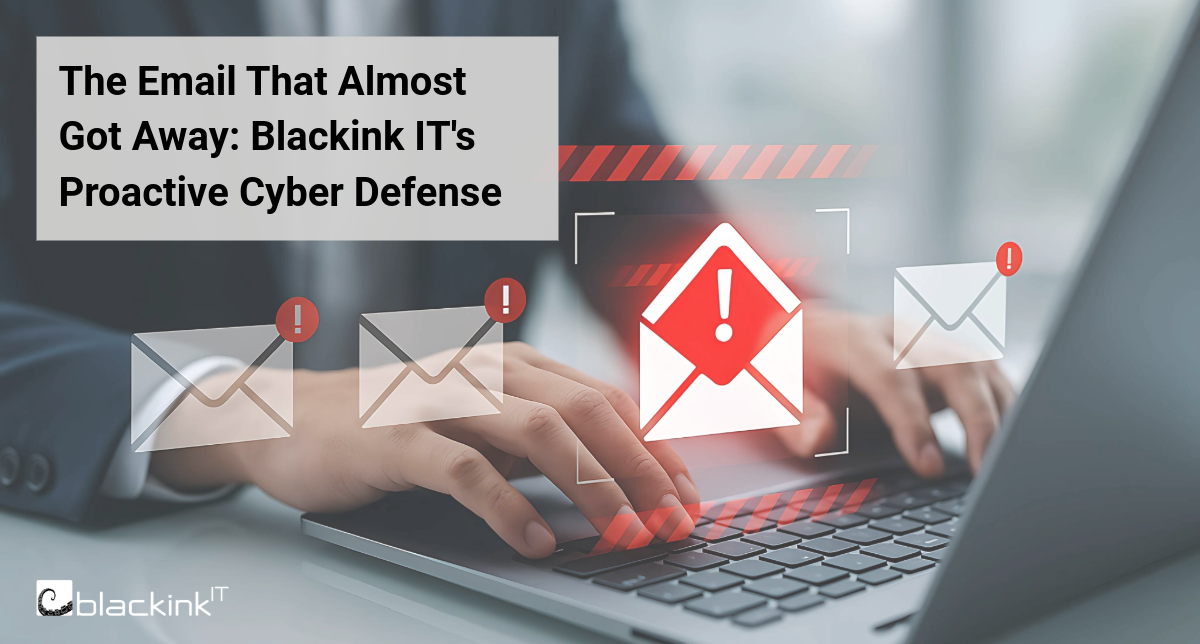Cybersecurity is always a major concern for businesses of all industries and sizes. The increasing reliance on technology and the constant evolution of cyber-threats means that all organizations need to take a proactive approach to safeguarding valuable data and systems. One of the most essential steps in taking proactive measures is realizing where your “weak spots” are. In other words, what are your organization’s vulnerabilities from a cybersecurity perspective? Understanding your weaknesses – whether it be your network, your people, or anything in-between – is absolutely essential.
Safeguarding Your Network Infrastructure
When it comes to cybersecurity, assuming that new devices or equipment are inherently secure is a common misconception. Every item you purchase, from network devices to IoT (Internet of Things) gadgets, comes with default settings that may leave vulnerabilities open to exploitation. For example, even an office printer can present vulnerabilities into your network if it is connected to the internet in any way. It’s crucial to recognize that these default configurations are not sufficient to protect your network.
To address this, regular network and vulnerability scans are essential. By conducting comprehensive scans, you can identify potential weak points within your network and promptly address them. Identifying and resolving vulnerabilities early on can prevent attackers from exploiting these weak links as gateways into your network.
Human Error
While securing your network infrastructure is vital, it’s equally important to consider the human element within your organization. Your employees can unwittingly expose your company to cybersecurity risks through their actions, making cybersecurity awareness and training particularly important. According to our partners at KnowBe4, approximately 88% of all data breaches are caused by human error.
Not all team members possess the same level of tech expertise or awareness. Recognizing this varying level of awareness is the first step towards establishing a solid cybersecurity culture. By providing regular employee awareness training sessions, you empower your employees to recognize good cybersecurity practices and identify potential red flags or malicious activities. It’s also essential to promote a positive cybersecurity culture. If employees see or do something that presents a security risk, they should be encouraged – and even rewarded – for reporting what has happened.
Mitigating Risks
Understanding the potential weak links in both your network and your team enables you to take proactive steps in effectively mitigating risks. Here are some key strategies to consider:
1) Implementing Strong Access Controls
Control access to critical systems and data by using strong passwords, multi-factor authentication, and role-based access controls. Limiting access to authorized personnel reduces the chances of unauthorized individuals gaining entry.
2) Regularly Updating Software and Firmware
Keeping all software, applications, and firmware up to date is important for patching known vulnerabilities. Regularly check for updates and install them promptly to ensure your systems are protected against emerging threats.
3) Enforcing a Security Policy
Establish a comprehensive security policy that outlines acceptable use, data handling procedures, and incident reporting protocols. Regularly communicate and reinforce this policy to ensure compliance throughout the organization.
4) Conducting Regular Security Audits
Periodically assess your network and systems through security audits or penetration testing. These tests simulate real-world attack scenarios, allowing you to identify vulnerabilities and address them before malicious actors exploit them. Incident response plans are also essential, as they will help to quickly and effectively address any security incidents that arise.
Implementing a Proactive Cybersecurity Plan
Proactive measures are essential to protecting your organization from cybersecurity threats. By recognizing the importance of securing your network infrastructure and educating your team, you can create a strong cybersecurity environment. Regular network scans, training sessions, and adherence to best practices are steps toward limiting risks and safeguarding your company's data.
At Blackink IT, our cybersecurity experts specialize in creating proactive security plans that help organizations stay safe and productive. To learn more about how we can help your organizations remain secure and compliant, contact us today.



.png)


